Can Papa Murphy's Pizza Be Frozen

In an era of meal prepping and maximizing convenience, the question of whether popular take-and-bake pizza chain Papa Murphy's pizzas can be frozen has become increasingly relevant. The ability to extend the shelf life of these uncooked pies offers a potential boon for busy individuals and families. However, concerns linger regarding the impact on taste, texture, and overall quality, leading to a flurry of inquiries and conflicting advice online.
This article delves into the debate surrounding freezing Papa Murphy's pizzas, exploring best practices, potential pitfalls, and expert recommendations. It aims to provide a comprehensive, fact-based analysis based on official statements, culinary expertise, and customer experiences. The goal is to equip readers with the information needed to make informed decisions about freezing their take-and-bake pizzas, ensuring optimal enjoyment and minimal waste.
Official Stance and Recommendations
Papa Murphy's official website addresses the issue of freezing, though with some caveats. Their stated recommendation is to bake the pizza immediately after purchase for the best quality.
However, they acknowledge that freezing is possible, suggesting baking the pizza within 24 hours of thawing for optimal results.
This implies a potential decline in quality with longer freezing periods, a point echoed by many culinary experts.
Expert Culinary Advice
Culinary professionals and food bloggers frequently weigh in on the subject of freezing pizza. The consensus generally leans toward freezing affecting the pizza's final texture.
According to Serious Eats, freezing can cause ice crystals to form, potentially leading to a soggy crust upon baking.
Freezing and thawing can also affect the moisture content of the toppings, especially vegetables, leading to a less desirable consistency.
Best Practices for Freezing
If freezing is necessary, several best practices can mitigate potential quality issues. First, consider wrapping the pizza tightly in multiple layers of plastic wrap and then placing it in a freezer bag.
This minimizes exposure to air and helps prevent freezer burn. Another tip is to partially bake the crust before freezing.
This can help it retain its structure and prevent it from becoming soggy during the thawing and baking process.
Thawing Techniques
Proper thawing is crucial to maintaining pizza quality. The recommended method is to thaw the pizza slowly in the refrigerator overnight.
This allows for a more even thawing process and minimizes moisture buildup. Avoid thawing at room temperature, as this can create a breeding ground for bacteria.
Once thawed, bake the pizza according to Papa Murphy's instructions, adding a few extra minutes if necessary to ensure the crust is fully cooked and crispy.
Customer Experiences: A Mixed Bag
Online forums and review sites reveal a wide range of customer experiences with freezing Papa Murphy's pizzas. Some customers report satisfactory results, particularly when adhering to best practices.
Others complain of soggy crusts, altered flavors, and a general decline in quality. Several reviewers suggest removing watery toppings like tomatoes and green peppers before freezing.
One online forum user noted,
"I always freeze my Papa Murphy's, but I take off the toppings that get watery like olives and put fresh ones on before baking."
Potential Risks and Food Safety Considerations
While freezing can extend the shelf life of Papa Murphy's pizza, it's crucial to prioritize food safety. The US Department of Agriculture (USDA) emphasizes that food should be frozen promptly to prevent bacterial growth.
Perishable items left at room temperature for extended periods can become unsafe, regardless of freezing. Ensure the pizza is frozen as soon as possible after purchase if you don't plan to bake it immediately.
Furthermore, always cook the pizza to the recommended internal temperature to eliminate any potential foodborne pathogens.
Alternatives to Freezing
Before resorting to freezing, consider alternative solutions to minimize waste. One option is to order a smaller pizza to begin with.
Another is to customize the toppings to exclude ingredients prone to becoming soggy after freezing. Also, if you have leftover cooked pizza, it can be stored in the refrigerator for a few days, although the quality may degrade over time.
Reheating in a hot oven or air fryer can help restore some of the original crispness.
Looking Ahead: Future Innovations in Freezing
The food industry is constantly innovating to improve freezing techniques and minimize quality degradation. Technologies like flash freezing and modified atmosphere packaging are being explored to preserve the texture and flavor of various foods, including pizza.
As these technologies become more accessible and affordable, the challenges associated with freezing Papa Murphy's pizzas may diminish. Consumers can anticipate future improvements in the quality and convenience of frozen take-and-bake options.
Until then, careful planning, adherence to best practices, and a willingness to accept potential trade-offs are essential for successfully freezing these pizzas.
Conclusion
Freezing Papa Murphy's pizza is possible, but it's not without potential drawbacks. While the official recommendation is to bake immediately, freezing can extend shelf life with proper techniques.
Customer experiences vary, and culinary experts warn about potential texture changes. Prioritizing food safety, using best practices, and understanding the potential trade-offs are key to a successful outcome.
Ultimately, the decision to freeze Papa Murphy's pizza depends on individual needs, priorities, and a willingness to experiment to find what works best.

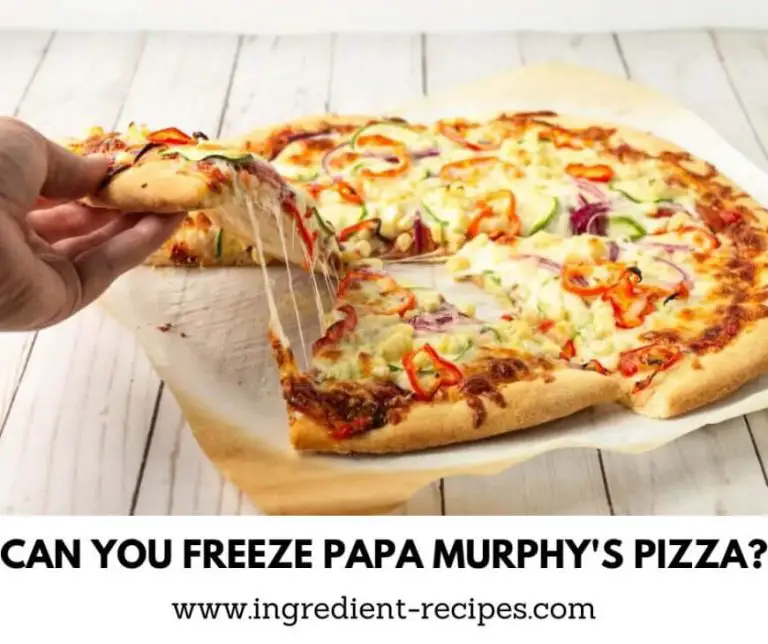
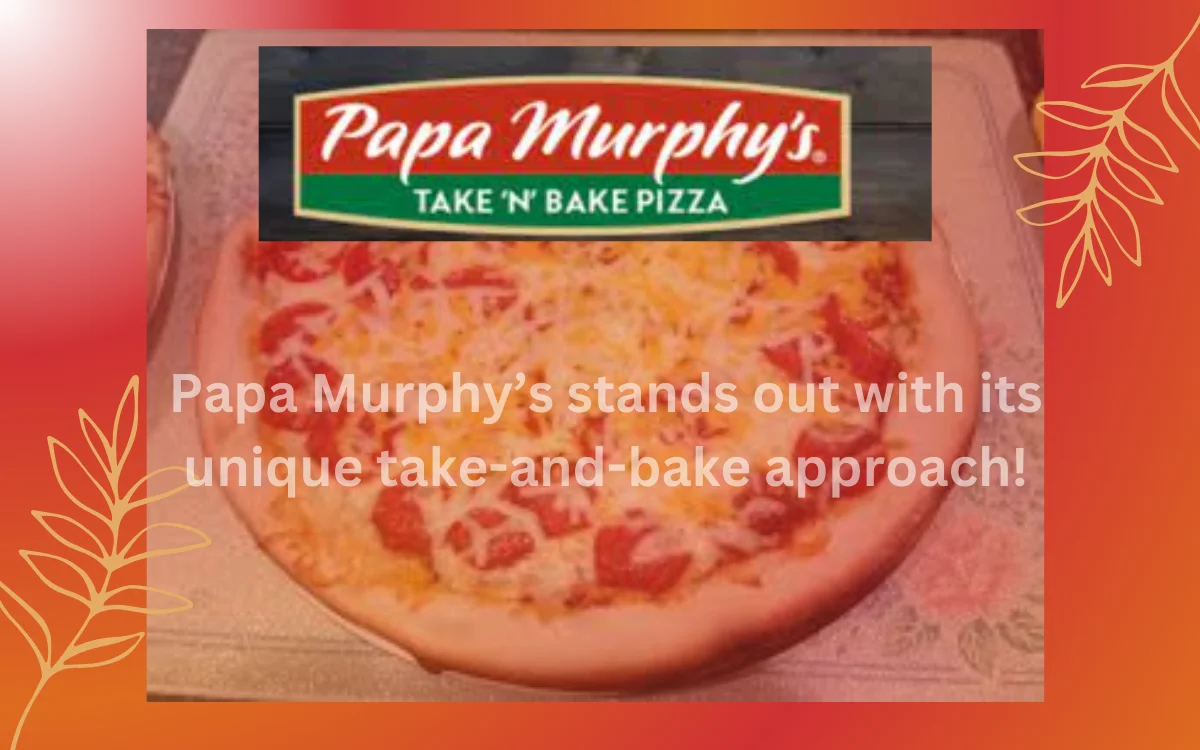
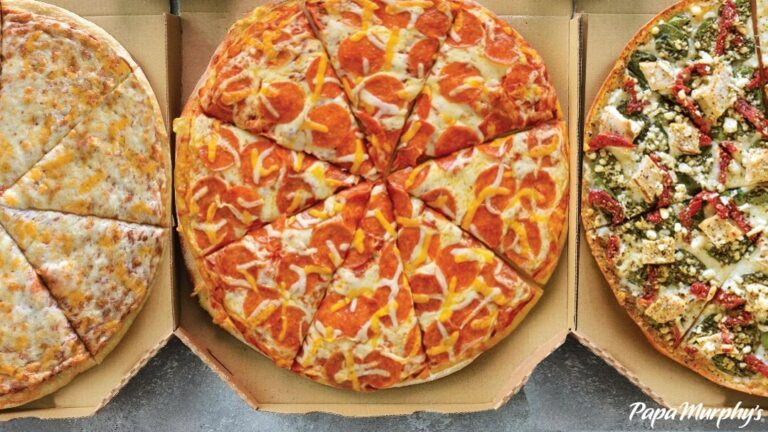


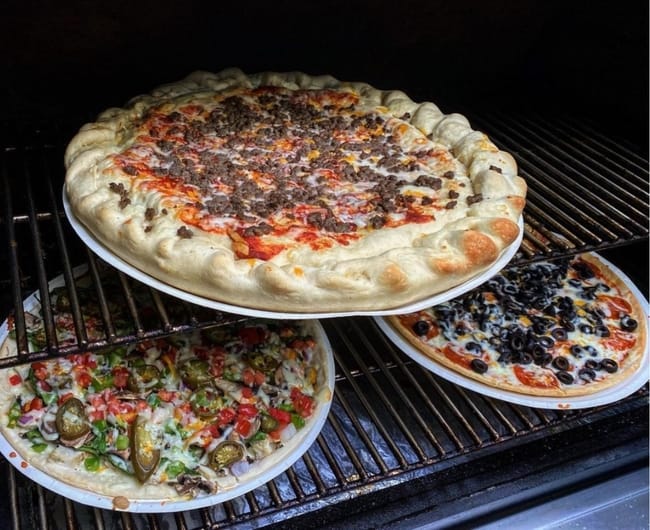


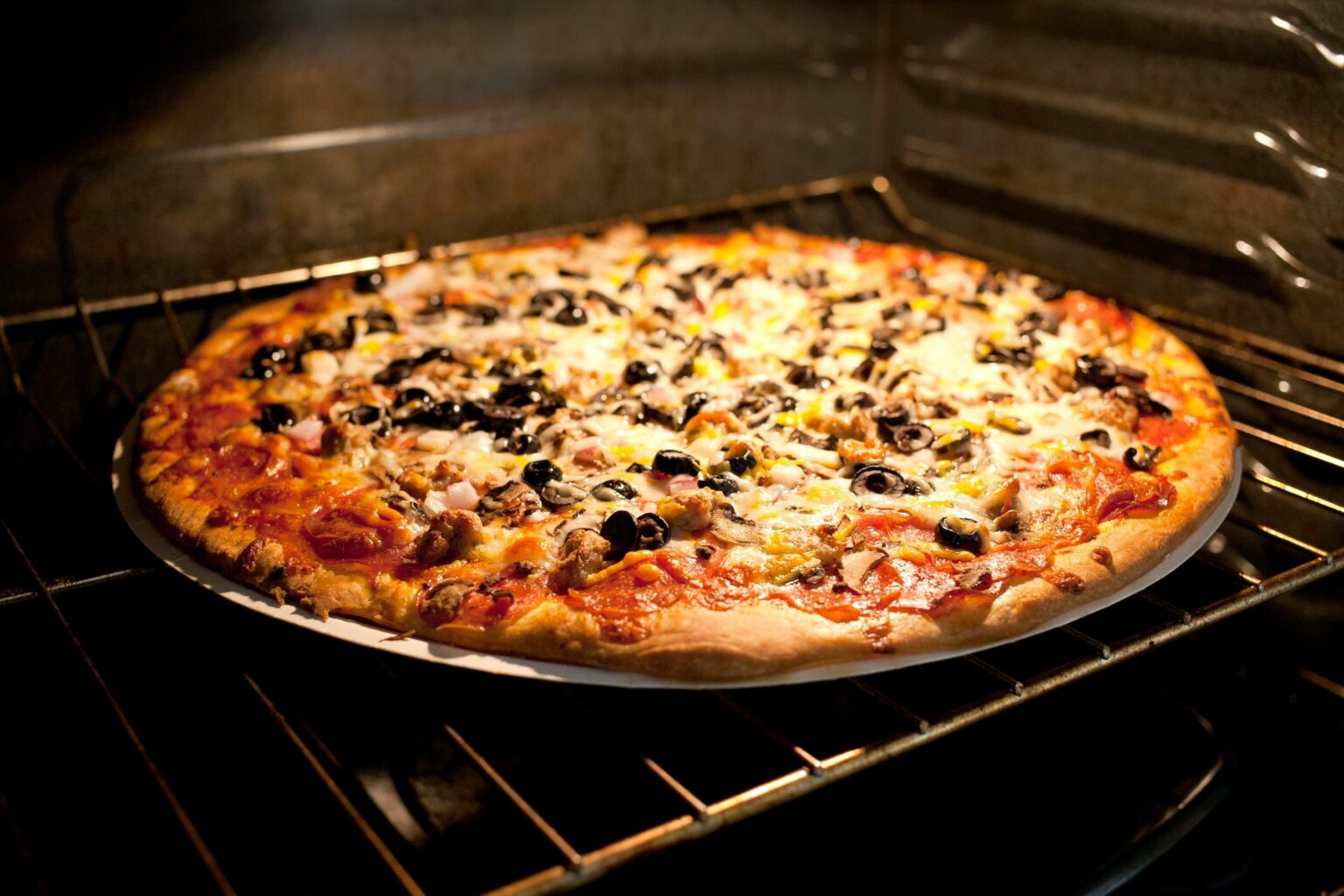




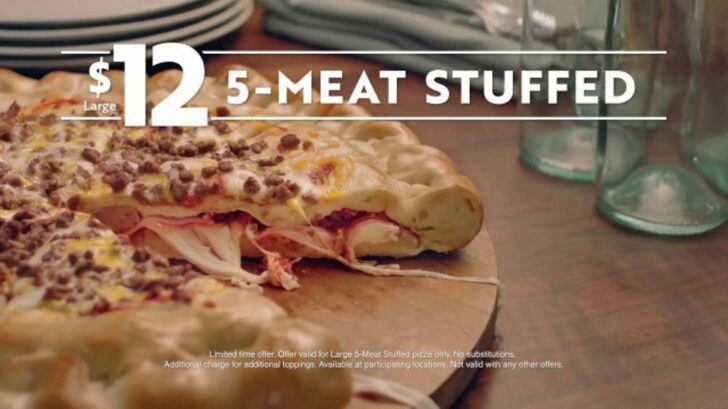

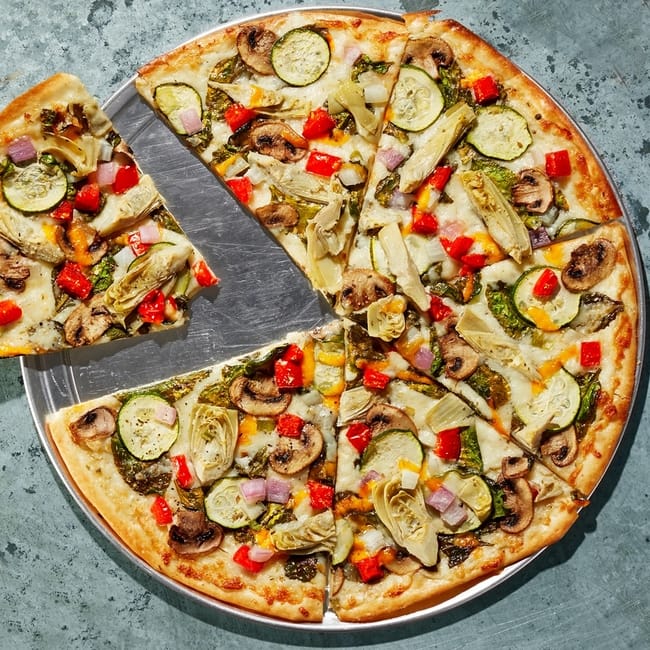
![Can Papa Murphy's Pizza Be Frozen Can You Freeze a Papa Murphy’s Pizza - [Largest Tested Tips]](https://onepotdishrecipe.com/wp-content/uploads/2022/08/1-19-640x640.jpg)
